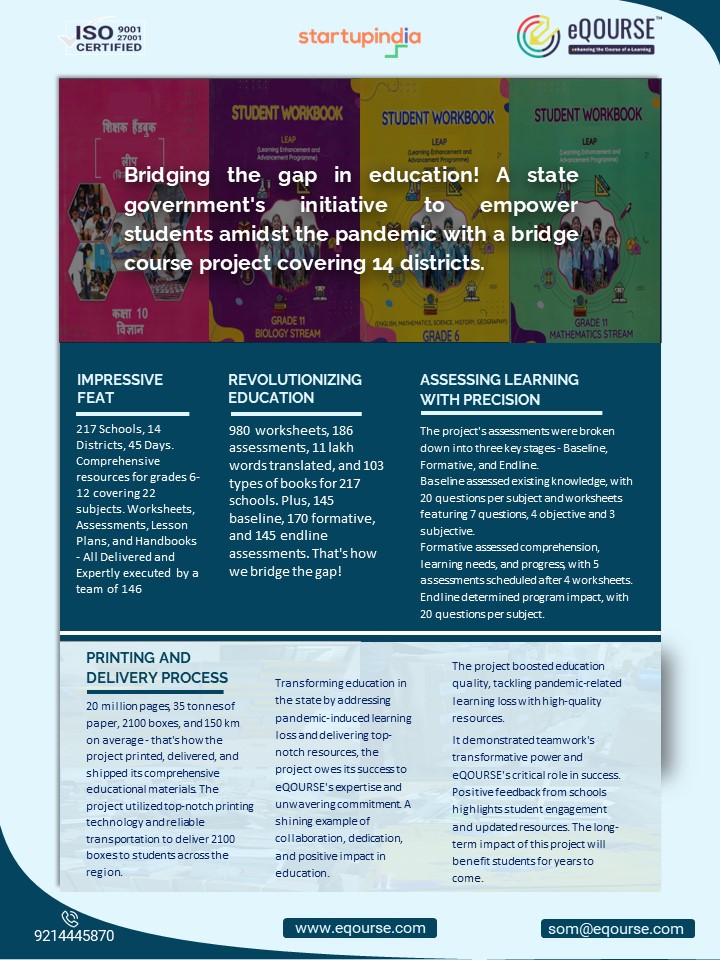Introduction
Financial literacy means teaching budgeting, saving, investment, debt and giving. It is very important to give financial literacy to the students at school. Usually, the students are not taught about investment at school because school teaching is usually theoretical. Some parents might believe that there is no need to teach our children but as they grow old no one can specifically guide them and investing money is necessary for each and every person to manage their finances in real-life situations. Students only learn to subtract, add, multiply and divide but they must know what is its importance in daily life. Children must know how to make money from the money. It should start by teaching them the basics of risk included in stock, bonds, profit, loss, and rewards.
Importance of investment at the young age
- Less lifelong money struggles - Investment of money at young age protects the children from facing lifelong money struggles even if they start with investing a small amount of money.
- Lesser responsibility - At a young age, children do not have many responsibilities, so they must understand the importance of investment and invest a maximum amount of money. They can invest maximum money in different schemes.
- Practical application of theory - All the students learn at school is profit and loss in maths but also understand the practical application. Schools teach them how to find the compound interest but do they know the application of compound interest in real life?
- To make a budget - Even if the children cannot save enough money, they must know how to make a budget and use money accordingly. They can be asked to make a budget for any event, so they can learn effectively.
- Giving examples of many companies - In today's world where technology is increasing, many investment options are available for the people. But without knowing the basics it is not possible for the correct investment. They must be taught by taking the example of the company's children.
- Getting rich slowly and steadily - Some people believe that investment is a very quick scheme to get rich but it is not so. It is an idea to become rich slowly and steadily by saving and investing the money in the perfect place.
How to teach investment to children
- Discussions of finances at home - Parents must involve the children in financial conversations at home to give them an idea about the changing scenarios. Parents can give a specific amount of money to the child regularly and ask them to save the money within the time duration, to use that money according to their requirements and to save some of that separately.
- Basic teaching at schools - Schools can teach them by starting with the basics teaching them how to invest money. They must be taught the benefit of saving as well as using the money wisely.
- Attending investment webinars - Children can be asked to attend investment webinars so that they can know about the options available to them, future markets, and ask their queries.
- Do not put all of your eggs in one basket - It is one of the basics of investment. This means that all the money should not be invested in a single scheme but in diverse schemes to avoid losses.
- Invest and hold - Children must be taught that not only buying is an option but holding is also an important strategy for investing the money on a short-term or long-term basis.
- Patience - The market is dynamic and hence can go up and down. It gives maximum returns for long-term investment. Students must know how to hold that money and it takes a lot of patience.
- Setting financial goals - The scheme of investment depends upon the financial goals and the requirements. Children must set a goal and try to achieve it within a certain time duration.
- Risk bearing - Most of the investment opportunities come in different ways and along with it comes the risk. Children must be taught about the high risks and low risks associated with their investment scheme.
Different investment schemes available for the children
- Gold ETF - It includes investment in virtual gold giving interest of 2.5% every year. It has a tenure of 8 years with a lock-in period of 5 years.
- Fixed deposit (FD) - It is one of the low-risk investment schemes to allow the students to get interested ranging between 3.5-6%. They can save money for any time duration with even less money.
- Sukanya Samridhi Yojana - It is beneficial after the birth of a child. With a minimum investment of 1000 rupees, it gives the interest of 7.6% and matures when the girl turns 21 years old.
- Public Provident fund - With a minimum investment of 500 rupees, you can get 7.1% interest quarterly, with a lock-in period of 15 years.
- Stocks and mutual funds - With the interest of around 12-16%, they give maximum returns on long-term investments. It is necessary to analyse the risks before investing.
- Cryptocurrency - Currently it is the most dynamic investment idea prevalent in our country. Students must have sufficient prior information before investing in crypto.
Conclusion
It is important to teach the children how to manage their money because it is an important part of life. Rather than learning how to invest with many responsibilities on their shoulders, students must learn it from a young age. Under such conditions, they can have guidance from their parents and mentors. This not only makes them stronger but independent as well.


